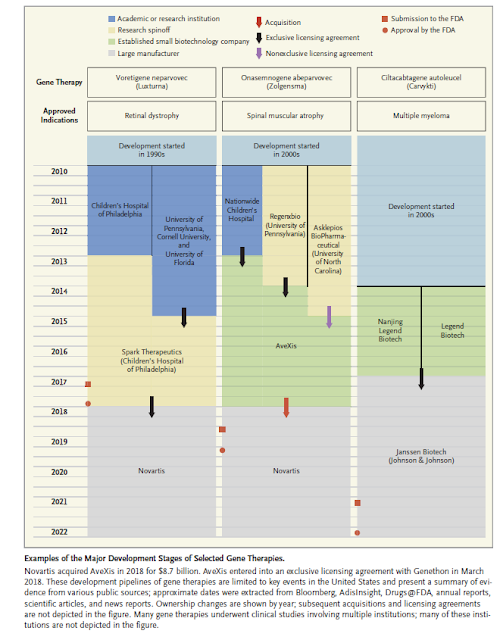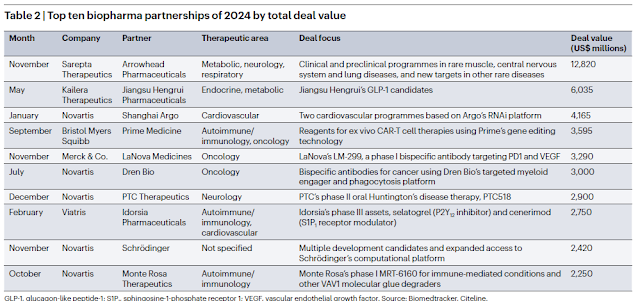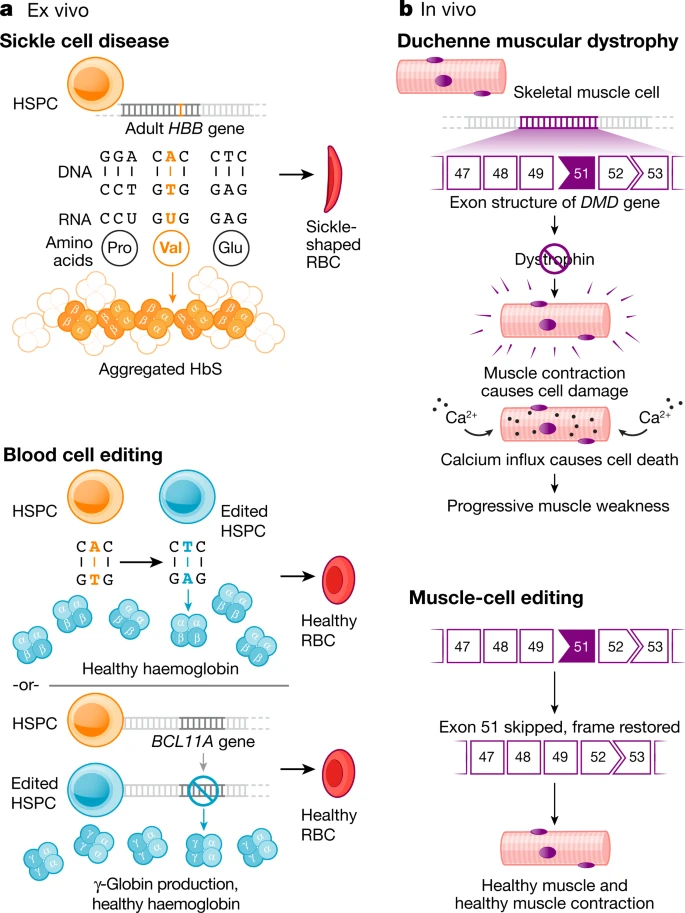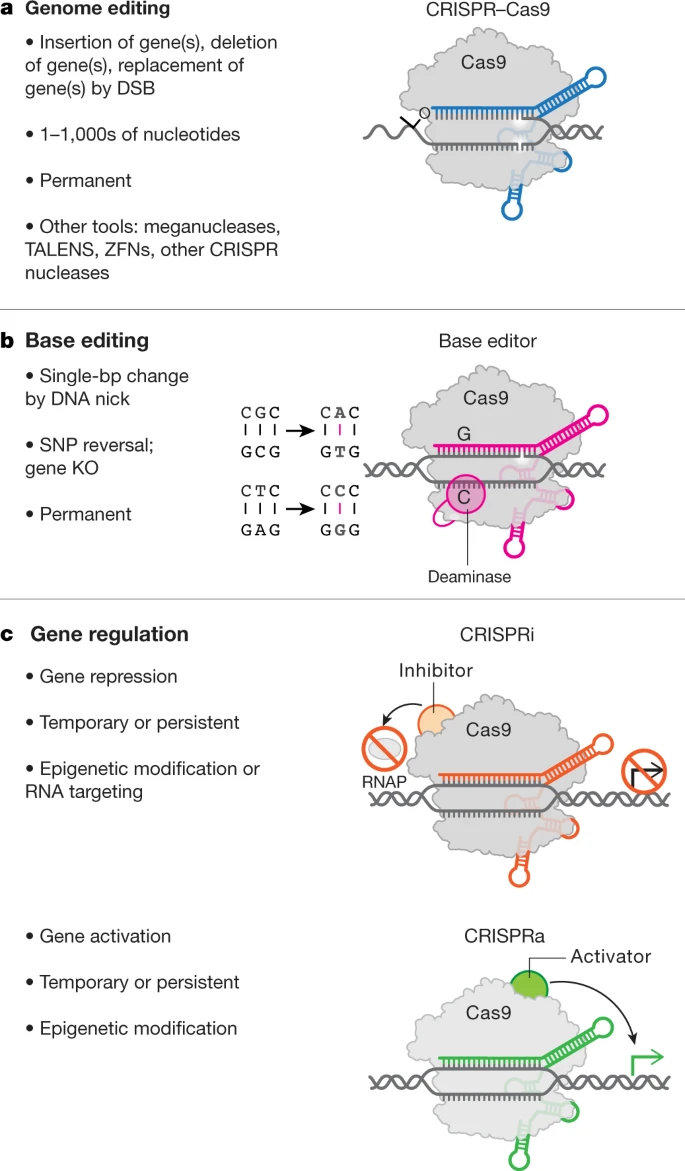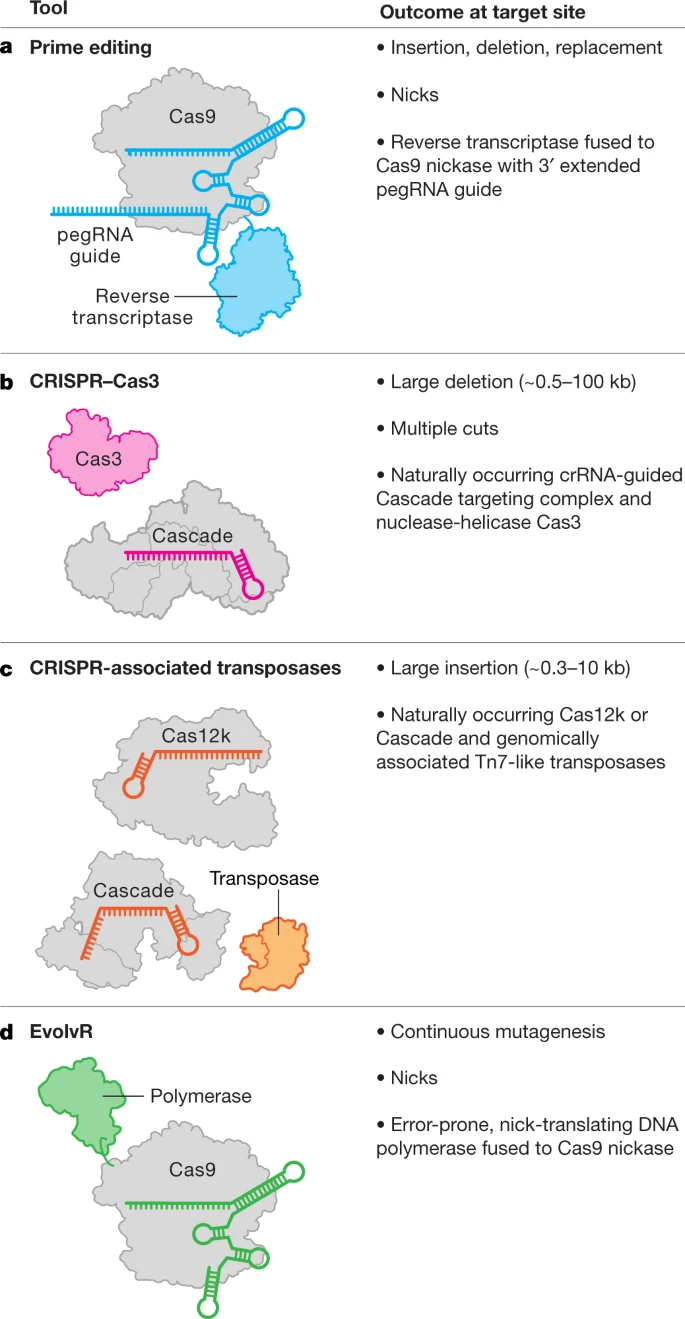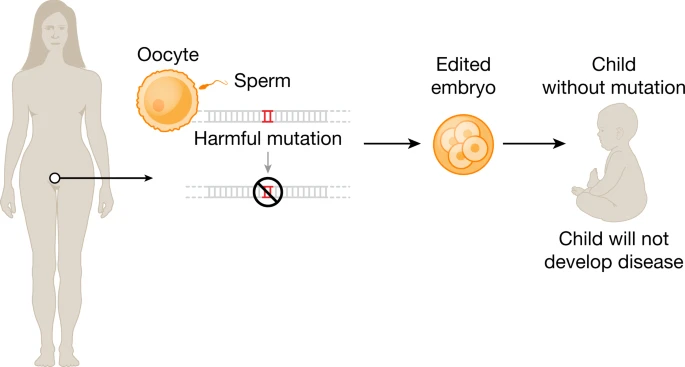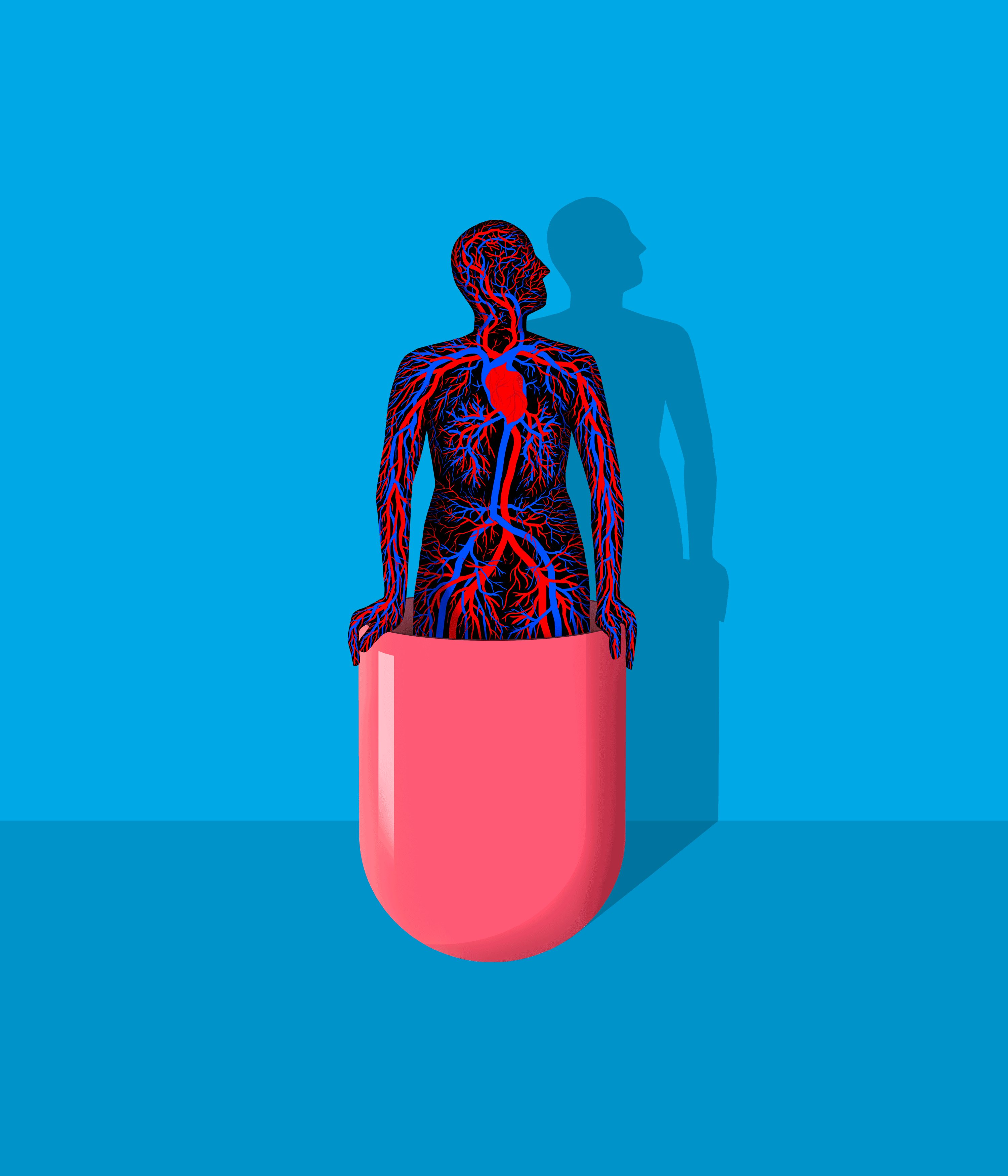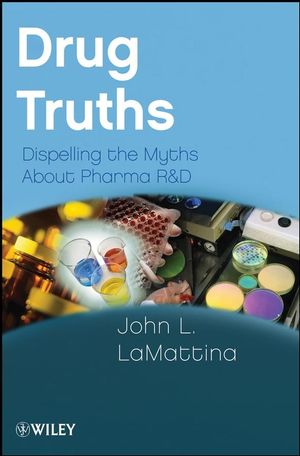La imperfecció humana ens porta a cometre errors, ningú no és perfecte. Ara bé, quan un està avisat i persisteix, aleshores cal buscar-ne els motius. La introducció del
copagament per recepta representa un impost pels malalts. És així, podeu mirar-ho per on vulgueu, al final és un impost que sorgeix fruit que algú ha anat al metge i li han prescrit un medicament.
I per tant un pot estar o no d'acord amb més impostos, i si aquests han de ser els malalts qui els paguin, i si han de ser els malalts catalans, però el copagament acordat ahir és això.
El meu interès avui no és pas en aquesta qüestió fiscal, el que em preocupa especialment és que algú consideri que això modera el consum. És a dir, que algú pensi que una vegada un metge ha prescrit una recepta el que convé és no anar-la a cercar a la farmàcia. Promoure la ruptura de la relació de confiança metge-pacient mitjançant incentius als darrers em sembla que és el principal error que caldrà esmenar en el futur, un error que pot costar car. I si algú creu que els metges fan una prescripció inacurada, aleshores el que cal és actuar sobre ells i no sobre els pacients.
PS. En la mesura que la pressió fiscal ha pujat des d'ahir a Catalunya, algú convindria que calculés novament el cost-benefici de viure aquí i potser se'n durà una sorpresa. Potser per això ningú no ho calcula.
PS. I ara sabem també que els catalans i valencians rescatarem les
autopistes de peatge madrilenyes amb els peatges de les nostres autopistes. Hi haurà un allargament de concessió que ja va caducar fa 20 anys!. Cada vegada que passis per la barrera del peatge recorda que els madrilenys et fan pagar per ells. Ja n'hi ha prou, ho torno a dir, no amb els meus diners.
PS. La carta del darrer adéu d'un broker de Goldman Sachs tal com s'ha publicat al NYT, una peça més per entendre el moment.
Why I Am Leaving Goldman
Sachs
By GREG SMITH
Published: March 14, 2012, NEW YORK TIMES
TODAY is my last day at Goldman Sachs.
After almost 12 years at the firm — first as a summer intern while at Stanford,
then in New York for 10 years, and now in London — I believe I have worked here
long enough to understand the trajectory of its culture, its people and its
identity. And I can honestly say that the environment now is as toxic and
destructive as I have ever seen it.
Share your thoughts.
To put the problem in the simplest
terms, the interests of the client continue to be sidelined in the way the firm
operates and thinks about making money. Goldman Sachs is one of the world’s
largest and most important investment banks and it is too integral to global
finance to continue to act this way. The firm has veered so far from the place I
joined right out of college that I can no longer in good conscience say that I
identify with what it stands for.
It might sound surprising to a
skeptical public, but culture was always a vital part of Goldman Sachs’s
success. It revolved around teamwork, integrity, a spirit of humility, and
always doing right by our clients. The culture was the secret sauce that made
this place great and allowed us to earn our clients’ trust for 143 years. It
wasn’t just about making money; this alone will not sustain a firm for so long.
It had something to do with pride and belief in the organization. I am sad to
say that I look around today and see virtually no trace of the culture that made
me love working for this firm for many years. I no longer have the pride, or the
belief.
But this was not always the case. For
more than a decade I recruited and mentored candidates through our grueling
interview process. I was selected as one of 10 people (out of a firm of more
than 30,000) to appear on our recruiting video, which is played on every college
campus we visit around the world. In 2006 I managed the summer intern program in
sales and trading in New York for the 80 college students who made the cut, out
of the thousands who applied.
I knew it was time to leave when I
realized I could no longer look students in the eye and tell them what a great
place this was to work.
When the history books are written
about Goldman Sachs, they may reflect that the current chief executive officer,
Lloyd C. Blankfein, and the president, Gary D. Cohn, lost hold of the firm’s
culture on their watch. I truly believe that this decline in the firm’s moral
fiber represents the single most serious threat to its long-run survival.
Over the course of my career I have
had the privilege of advising two of the largest hedge funds on the planet, five
of the largest asset managers in the United States, and three of the most
prominent sovereign wealth funds in the Middle East and Asia. My clients have a
total asset base of more than a trillion dollars. I have always taken a lot of
pride in advising my clients to do what I believe is right for them, even if it
means less money for the firm. This view is becoming increasingly unpopular at
Goldman Sachs. Another sign that it was time to leave.
How did we get here? The firm changed
the way it thought about leadership. Leadership used to be about ideas, setting
an example and doing the right thing. Today, if you make enough money for the
firm (and are not currently an ax murderer) you will be promoted into a position
of influence.
What are three quick ways to become a
leader? a) Execute on the firm’s “axes,” which is Goldman-speak for persuading
your clients to invest in the stocks or other products that we are trying to get
rid of because they are not seen as having a lot of potential profit. b) “Hunt
Elephants.” In English: get your clients — some of whom are sophisticated, and
some of whom aren’t — to trade whatever will bring the biggest profit to
Goldman. Call me old-fashioned, but I don’t like selling my clients a product
that is wrong for them. c) Find yourself sitting in a seat where your job is to
trade any illiquid, opaque product with a three-letter acronym.
Today, many of these leaders display a
Goldman Sachs culture quotient of exactly zero percent. I attend derivatives
sales meetings where not one single minute is spent asking questions about how
we can help clients. It’s purely about how we can make the most possible money
off of them. If you were an alien from Mars and sat in on one of these meetings,
you would believe that a client’s success or progress was not part of the
thought process at all.
It makes me ill how callously people
talk about ripping their clients off. Over the last 12 months I have seen five
different managing directors refer to their own clients as “muppets,” sometimes
over internal e-mail. Even after the S.E.C.,
Fabulous Fab,
Abacus, God’s work, Carl
Levin, Vampire Squids? No
humility? I mean, come on. Integrity? It is eroding. I don’t know of any illegal
behavior, but will people push the envelope and pitch lucrative and complicated
products to clients even if they are not the simplest investments or the ones
most directly aligned with the client’s goals? Absolutely. Every day, in fact.
It astounds me how little senior
management gets a basic truth: If clients don’t trust you they will eventually
stop doing business with you. It doesn’t matter how smart you are.
These days, the most common question I
get from junior analysts about derivatives is, “How much money did we make off
the client?” It bothers me every time I hear it, because it is a clear
reflection of what they are observing from their leaders about the way they
should behave. Now project 10 years into the future: You don’t have to be a
rocket scientist to figure out that the junior analyst sitting quietly in the
corner of the room hearing about “muppets,” “ripping eyeballs out” and “getting
paid” doesn’t exactly turn into a model citizen.
When I was a first-year analyst I
didn’t know where the bathroom was, or how to tie my shoelaces. I was taught to
be concerned with learning the ropes, finding out what a derivative was,
understanding finance, getting to know our clients and what motivated them,
learning how they defined success and what we could do to help them get there.
My proudest moments in life — getting
a full scholarship to go from South Africa to Stanford University, being
selected as a Rhodes Scholar national finalist, winning a bronze medal for table
tennis at the Maccabiah Games in Israel, known as the Jewish Olympics — have all
come through hard work, with no shortcuts. Goldman Sachs today has become too
much about shortcuts and not enough about achievement. It just doesn’t feel
right to me anymore.
I hope this can be a wake-up call to
the board of directors. Make the client the focal point of your business again.
Without clients you will not make money. In fact, you will not exist. Weed out
the morally bankrupt people, no matter how much money they make for the firm.
And get the culture right again, so people want to work here for the right
reasons. People who care only about making money will not sustain this firm — or
the trust of its clients — for very much longer.
Greg Smith is resigning today as a
Goldman Sachs executive director and head of the firm’s United States equity
derivatives business in Europe, the Middle East and Africa.
A version of this op-ed appeared in print on
March 14, 2012, on page A27 of the New York edition with the headline: Why I Am
Leaving Goldman Sachs.





